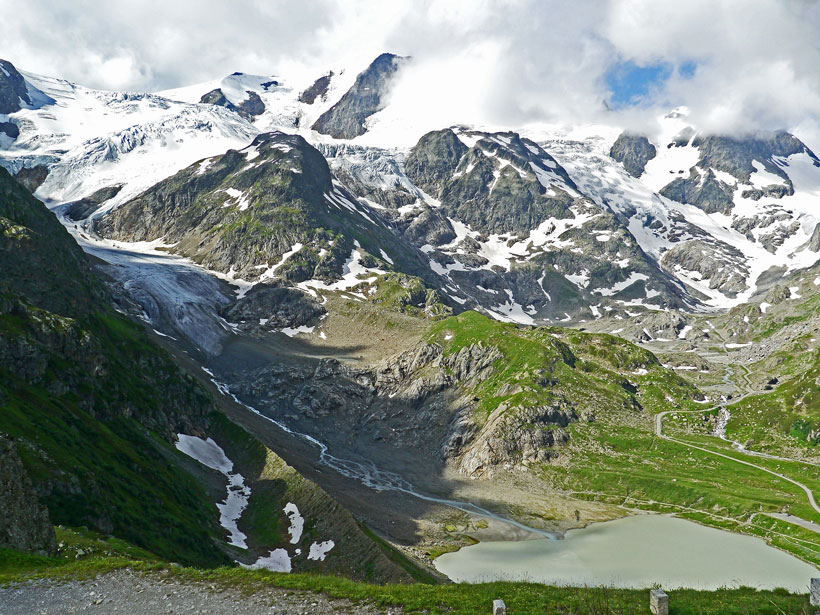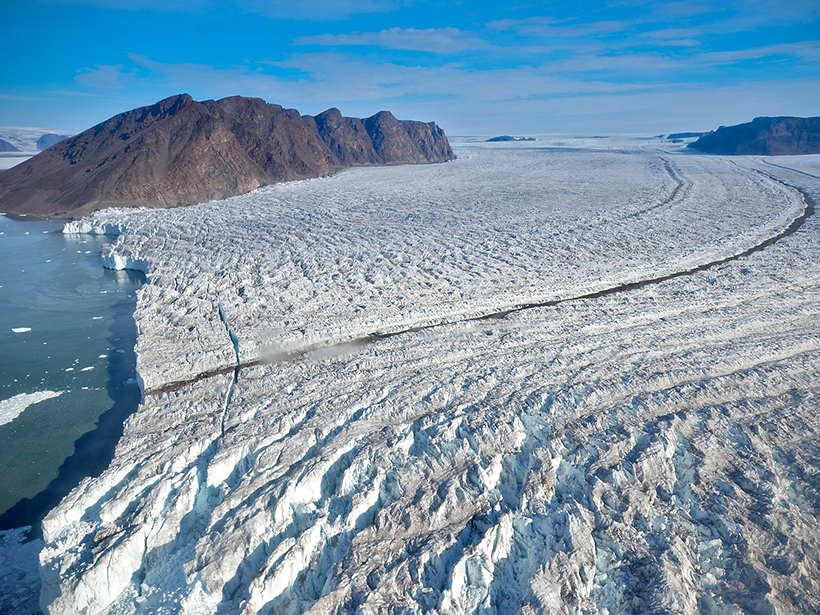Take extreme weather risks into account, and markets could prove hardier in a changing world.
News
Are Cosmic Rays a Key to Forecasting Volcanic Eruptions?
A combination of relativistic particles and artificial intelligence may provide a new way to forecast when a volcano could erupt.
Photography Focuses on Sea Level Rise and Eroding Communities
Narratives from applicants for the Getty Images Climate Visuals Grants provided a unique insight into the reality of climate change. Both winners focused on the impact of sea level rise.
Dust from Colliding Asteroids Masqueraded as a Planet
New analysis of Hubble Space Telescope images suggests that Fomalhaut b, once believed to be an extrasolar planet, is, in fact, a cloud of dust that likely formed from the collision of enormous asteroids.
A Tribe’s Uphill Battle Against Climate Change
Tribes like the Quinault are ill-equipped to adapt their reservations to wide-ranging, increasing threats from climate change.
Mountain Streams Exhale More Than Their Share of CO2
Streams that flow down mountainsides are more turbulent than those that run along forest floors, which leads to faster gas exchange between water and air.
This Week: Fake News, Floods, and a Dazzling Flyby
What Earth and space science stories are we recommending this week?
Tuning in to a Glacial Symphony
New research focuses on the bubbling and bathtub-like sounds of a glacier.
Record-Setting Winds on a Nearby Brown Dwarf
Infrared and radio observations reveal zonal winds moving faster than 2,000 kilometers per hour on a “failed star” in our celestial neighborhood.
El Cambio Climático Está Intensificando las Corrientes Oceánicas del Ártico
El derretimiento del hielo significa que los fuertes vientos del Ártico están creando corrientes más energéticas en el giro de Beaufort.










